Snowboarding, one of the most popular winter sports, captivates riders with its exhilarating sense of speed and the floating feeling you get when catching air. But to enjoy the sport safely, it’s crucial to wear the right protective gear.
In particular, protecting your head is essential. That’s why we highly recommend wearing a snowboard helmet to stay safe while riding.
As you progress and start pushing beyond your current skill level, you’ll naturally begin practicing more challenging moves. Wearing a helmet gives you the confidence to try new things, knowing that even if you take a hard fall, your head is protected.
In this article, as active snowboard instructors, we’ll explain in detail why helmets are important, what benefits they offer, and how to choose the right one for snowboarding.
Do You Really Need a Helmet?
Many snowboarders have probably wondered, “Do I really need a helmet?”
It’s true that in Japan, some riders feel that “helmets don’t look cool,” and it’s still common to see people riding without one. But is it actually okay to go without a helmet? Let’s take a closer look.
In Many Countries, Over 90% of Riders Wear Helmets
Wearing a helmet while snowboarding is, of course, a personal choice, and some prefer the look and feel of riding without one.
However, in countries like Canada and New Zealand, nearly 100% of skiers and snowboarders wear helmets. In fact, the more advanced the rider, the more likely they are to wear one.
This widespread helmet use came about after a number of serious and fatal snow sport accidents drew attention to the need for better head protection.
On slopes abroad, many intermediate and advanced snowboarders ride at very high speeds—often 60 km/h, and some even approaching 100 km/h. Considering the risk of falling at those speeds, it’s easy to see why helmets are a must.
While helmet use in Japan is still relatively low, from a safety standpoint, it’s clearly much wiser to wear one.
What If It Were Your Child?
If you’re still unsure about the importance of helmets, try asking yourself this:
If your child wanted to snowboard, would you let them ride without a helmet?
Would you say, “It looks uncool, so don’t wear one”?
Probably not—most parents would make sure their child wears a helmet to keep them safe.
Many intermediate riders might think, “I don’t crash anymore, so I don’t need one.” But even if you’re skilled, you could still be hit by another rider and take a hard fall.
And if you’re trying new things—like jumping kickers in the park or carving at high speed—wearing a helmet can give you the mental freedom to push your limits without fear.
Who Should Definitely Wear a Helmet
Wearing a helmet while snowboarding isn’t mandatory, and whether you do or not is ultimately up to you.
That said, from a safety perspective, we strongly recommend helmets for the following riders:
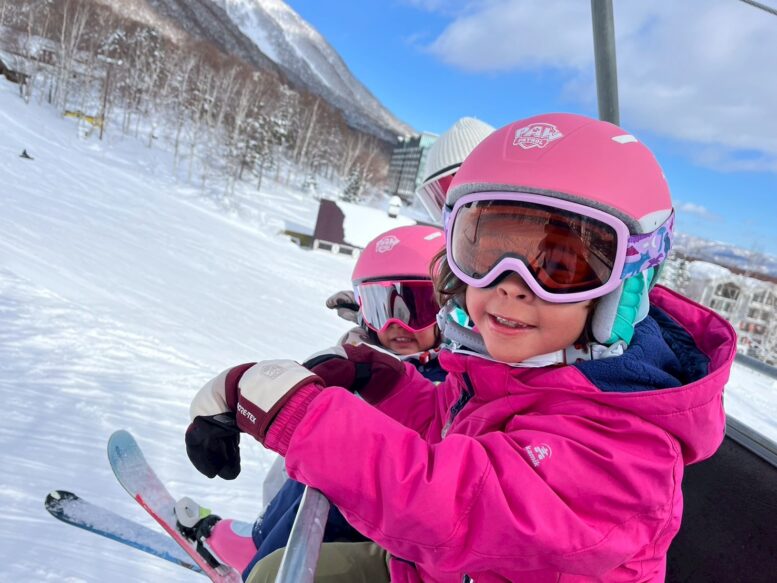
Beginners
If you’re still learning to turn smoothly, wearing a helmet is highly recommended.
That’s because nearly every beginner experiences a backward edge catch, where you suddenly fall backward and hit your head.
If you already know how to fall safely, you can avoid hitting your head even during a backward fall—but beginners usually don’t yet have that body control. Wearing a helmet can save you from painful (and scary) impacts.
Children
Helmets are also a must for kids learning to snowboard.
Unlike adults, children rely more on instinct and feel than conscious control. Even if you tell them how to fall safely, they’re unlikely to execute it perfectly.
As they learn through trial and error, falling is inevitable—and so is the risk of hitting their head. Having them wear a helmet provides peace of mind during those early learning stages.
Riders Who Like Speed and Carving
Many intermediate and advanced riders eventually want to try carving turns.
If that’s you, a helmet is strongly recommended.
When carving, especially on steep slopes at high speeds, one mistake can lead to a serious crash. Wearing a helmet helps you feel secure enough to push your performance further.
Park Riders and Jumpers
If you love the park or want to start hitting kickers, a helmet is absolutely essential.
Even Olympic-level park riders always wear helmets, because no matter how skilled they are, there’s always a risk of a bad landing or unexpected fall.
Landing on your head after a failed jump can have devastating consequences—so don’t take chances.
Backcountry Riders
Backcountry snowboarding means riding outside of controlled ski resort areas—in natural, ungroomed terrain.
This environment can include trees, rocks, and cliffs, and it’s full of unpredictable hazards.
Deep powder snow also makes it easy to lose control of your board, and hitting a tree at speed could easily knock you unconscious.
For your own life’s safety, wearing a helmet in backcountry conditions is non-negotiable.
The Benefits of Wearing a Helmet for Snowboarding
You often hear, “It’s better to wear a helmet,” but many riders still feel reluctant—“I know it’s safer, but I’d rather not if I can avoid it.”
However, helmets offer many more advantages than just protection. Let’s take a closer look.
Protects Your Head from Impact
The most obvious benefit of wearing a helmet is reducing the impact to your head when you fall.
In snowboarding—especially in the early stages—it’s easy to take a hard fall and hit your head. Even experienced riders can crash when landing jumps or while spinning and catch an edge unexpectedly.
Some people think, “It’s fine—snow is soft,” but that’s a dangerous misconception.
When the snow surface is icy and compacted, it’s as hard as concrete.
And even soft snow can deliver a heavy impact when you’re moving fast.
A helmet makes a huge difference in absorbing and dispersing that impact energy.
Keeps You Warm
Helmets are also great for keeping your head warm, since they block cold air far more effectively than a knit cap.
You can even wear a thin hat or balaclava underneath for extra insulation.
If you’re worried about overheating in spring, most modern helmets come with ventilation systems, allowing you to adjust airflow and stay comfortable in any condition.
Prevents Snow from Sticking to Your Hair or Hat
When it’s snowing or you fall down, your hat easily gets covered in snow.
That snow melts when you go indoors, soaking your hat and making it uncomfortable and cold to put back on.
With a helmet, snow simply slides off. You can brush it away easily, and you don’t have to worry about getting wet or chilled after breaks.
Keeps Goggles from Fogging Up
When you rest on the lift and push your goggles up on your head, the steam from your body heat can fog them up—especially when wearing a knit hat.
Helmets are more airtight, so moisture is less likely to reach your goggles, meaning clearer vision throughout the day.
Prevents Goggles from Flying Off When You Fall
Many riders have experienced this: you crash, and your goggles go flying off along with your hat.
Not only is it annoying to retrieve them, but snow often gets inside the lens, making them foggy and hard to clean.
Helmets let you secure your goggles firmly, either over or under the shell, so even if you fall hard, they stay in place.
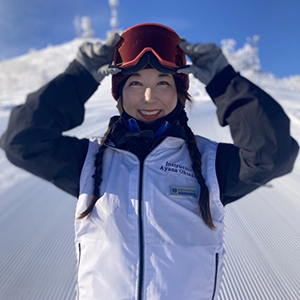
When I asked a friend who rides park all the time what they like most about helmets, the first thing they said was, ‘My goggles don’t fly off anymore!’
In park riding, falls are often dramatic, and just wearing a hat means goggles can easily get tossed.
Even outside the park, if you’re tired of chasing runaway gear after every fall, switching to a helmet will make your life much easier.
Great for Filming with GoPro
Action cameras like GoPro have become incredibly popular for capturing your riding experience. But holding a selfie stick can be awkward and even dangerous—it occupies one hand and might break if you fall.
With a helmet, you can mount the camera directly and film dynamic, hands-free footage safely and easily.
For Those Who Think Helmets Look Uncool
Up to this point, we’ve talked about why helmets are necessary and what benefits they offer. Still, some people may feel that “wearing a helmet while snowboarding just looks uncool.”
There are many reasons why people might think so — for example:
“It doesn’t look fashionable.”
“It feels like admitting I’m going to fall.”
“Snow is soft, so wearing a helmet seems unnecessary and kind of lame.”
However, as mentioned earlier, thinking helmets look uncool is a uniquely Japanese attitude. In Europe and North America, over 90% of snowboarders wear helmets, and nearly all professional riders competing on the world stage do as well.
Some people might think, “Wearing a helmet means you expect to fall — that’s for beginners, so it looks lame.”
But in reality, wearing a helmet shows that you understand the risks of snowboarding and that you’re pushing yourself into more advanced and challenging styles. That’s not uncool — that’s actually admirable.
If you still feel hesitant about wearing a helmet all the time, you can start by using it only in specific situations — for example:
when hitting kickers in the park, or
when going backcountry riding.
Adjusting your use depending on the scene is a great way to ease into it.
How to Choose the Right Snowboard Helmet
Helmets are essential for safe snowboarding, but to make the most of them, there are a few key points to check when choosing one.
Check for Safety Certification
When selecting a helmet, make sure it meets international safety standards.
Japan currently doesn’t have an official certification for snowboard helmets, but there are two widely recognized global safety standards:
ASTM (U.S.)
CE (Europe)
If a helmet meets either of these standards, it’s considered safe for use.
On the other hand, helmets without certification may not provide adequate protection and should be avoided.
Make Sure It Fits Your Head
For maximum safety, it’s crucial that your helmet fits properly.
When trying it on, make sure there’s no painful pressure and that it doesn’t wobble or move around. Trying before you buy is ideal.
If you need to buy online, measure your head beforehand. Use a soft measuring tape and wrap it around your head just above your ears, keeping it level to measure the full circumference.
Since many overseas helmets are designed for Western head shapes, always check sizing charts carefully.
If you plan to wear a beanie underneath or have voluminous hair, choose one size larger — and if possible, bring your hat to the store and try it on together.
Recently, brands have begun offering Asian Fit and Japan Fit models designed to match the head shape of Japanese and other Asian riders, so be sure to check those out.
Look for Adjustable Sizing
If you want the perfect fit, go for a helmet with an adjustable sizing system.
Most helmets come in S, M, and L, but these can still feel too tight or too loose.
Models with dial adjusters allow you to fine-tune the fit easily — great for switching between different thicknesses of hats or balaclavas underneath.
Choose Between Lightness and Durability
Snowboard helmets generally come in two main types of construction:
In-Mold Construction
The outer shell and inner impact-absorbing liner are molded together.
This makes the helmet lightweight and ideal for advanced riders who enjoy jumps and tricks.
However, it’s less durable and more prone to dents than hard-shell types.
Hard Shell Construction
The outer shell and liner are separate, creating a tougher, more impact-resistant helmet.
It offers superior protection and is often used in racing helmets.
The downside is that it’s heavier, so women or those new to helmets should be aware of the added weight.
Check for Ventilation
Ventilation refers to air holes that release heat from inside the helmet.
If you tend to get hot while riding, a ventilated helmet helps keep you comfortable by letting warm air escape.
Ventilation is especially useful during spring snowboarding, when temperatures are higher and heat tends to build up inside the helmet.
If you’re concerned about hygiene or sweat buildup, choose a model with removable ear pads or liners — you can wash them regularly to keep things clean and fresh.
Consider Other Functional Features
Modern helmets come with many convenient features, so pick one that suits your needs.
For example:
Visor-style helmets not only look stylish but also help prevent snow from sticking to your goggles and causing fog.
Built-in shield or visor helmets are great for kids who don’t like wearing goggles or for adults who wear glasses regularly.
If you choose a visor-style helmet, make sure to check the lens specifications just as you would with goggles.
Keep in mind that extra features can also make the helmet slightly heavier.
Recommended Snowboard Helmet Brands
Here are some of the top helmet brands we recommend for snowboarders:
SMITH
Famous for its high-quality goggles, SMITH also produces helmets featuring lightweight in-mold construction that integrates the shell and impact liner.
Among helmets that meet U.S. and European safety standards, SMITH models are among the lightest available.
They’re ideal for riders who dislike heavy helmets but still want excellent durability. Their comfort and ventilation design also make them a favorite among slope-style and halfpipe competitors.
ANON
ANON helmets combine durability and comfort with impressive ease of use.
A stretch-fit closure system at the back allows the helmet to automatically adjust to your head shape for a secure fit.
They offer great functionality at a reasonable price, making them an excellent option for first-time buyers who want to try wearing a helmet without breaking the bank.
OAKLEY
Worn by Olympic athletes and top-level riders, OAKLEY helmets feature MIPS technology, which protects the brain from impacts coming from multiple directions.
They also include antibacterial liners and an adjustable dial-fit system for a snug, comfortable fit.
Despite their advanced features, OAKLEY helmets are reasonably priced, and they pair perfectly with the brand’s goggles.
Sandbox
Sandbox, the pioneer of the brim-style helmet, is a beloved brand among snowboarders.
When Sandbox was founded, wearing helmets for snowboarding wasn’t common, so they added a brim for style, making helmets more appealing from a fashion standpoint.
Their lineup includes an impressive range of colors and designs unmatched by other brands.
While functionality may be slightly lower compared to performance-oriented brands, Sandbox is perfect for riders who want a balance of style and safety.
Bern
Founded in 2004 in Boston, Bern is another pioneer of the brim-style helmet.
Their helmets are known for their fashionable, street-inspired designs, making them especially popular among riders who enjoy park or ground tricks (freestyle).
With Japan Fit models available, Bern helmets provide excellent comfort and a secure fit for Asian riders.
They’re also very affordable, making them ideal for those who value both style and budget-friendliness.
Summary
In this article, we’ve covered the importance of helmets, the benefits of wearing one, and how to choose the right helmet for your snowboarding style.
If you’ve never worn a helmet before, you might think, “I don’t need one,” or “I don’t fall that hard.” But to truly enjoy snowboarding safely, a helmet is something you should definitely have.
With so many functional and stylish designs available today, you can find one that complements your goggles and outerwear while keeping you protected.
At Samurai Snow Concierge, we specialize in private ski and snowboard lessons in Rusutsu, Hokkaido.
In addition to helmets, we also offer advice on other snowboard gear, training methods, and lesson options.
If you have any questions about snowboarding, feel free to ask us — we’re certified Level-A instructors and always happy to help you ride safer and better!
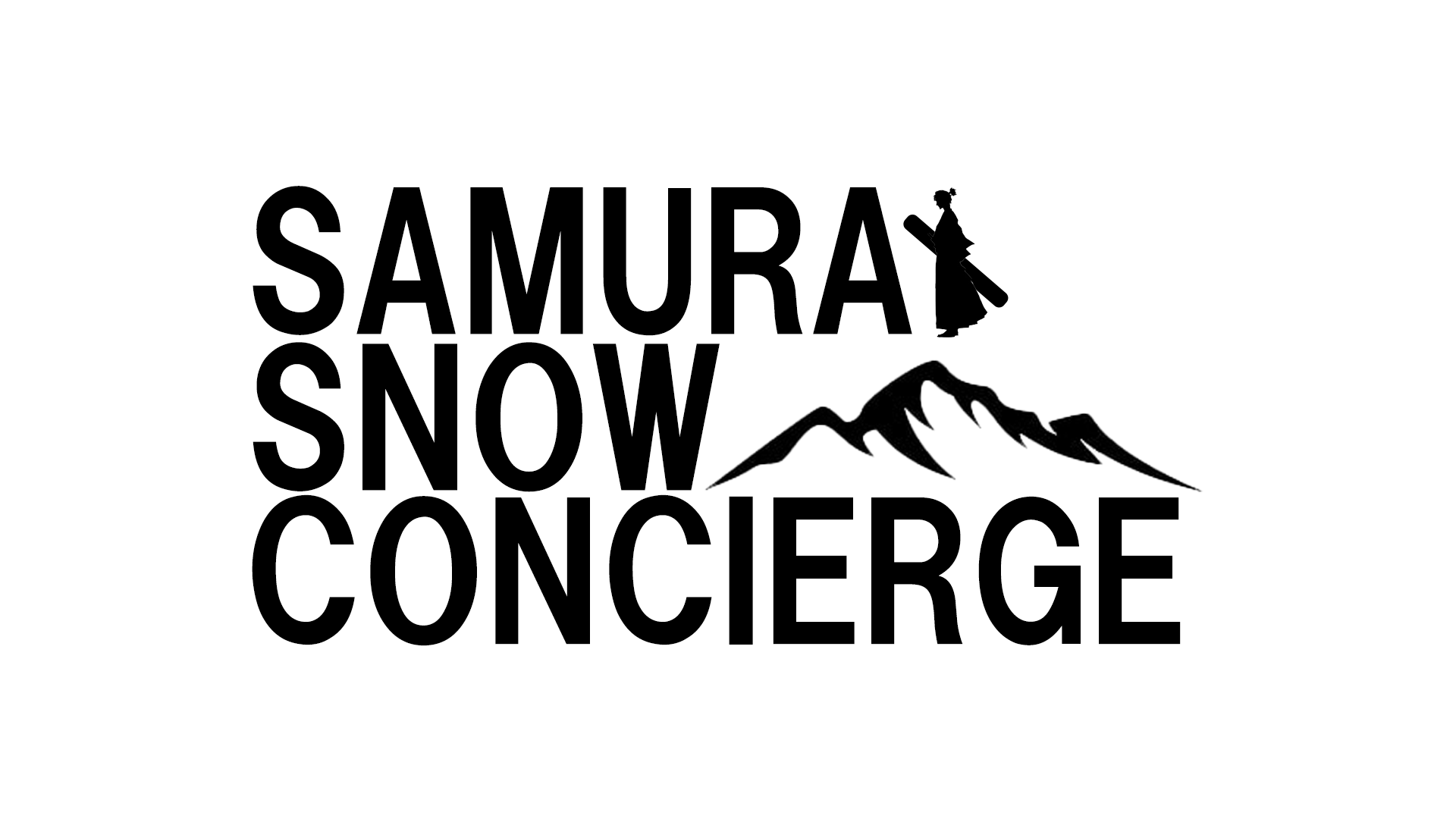
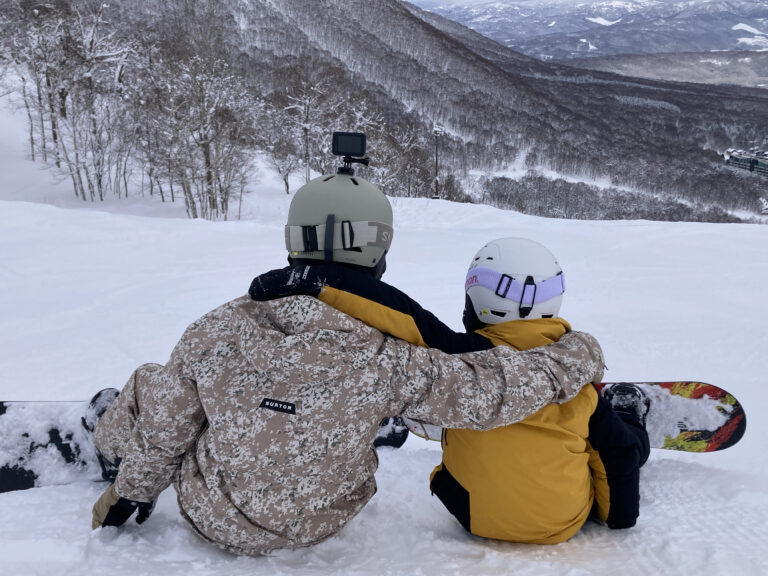


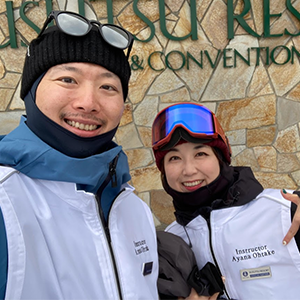








コメント
There’s definately a great deal to know about this subject.
I love all of the points you’ve made.